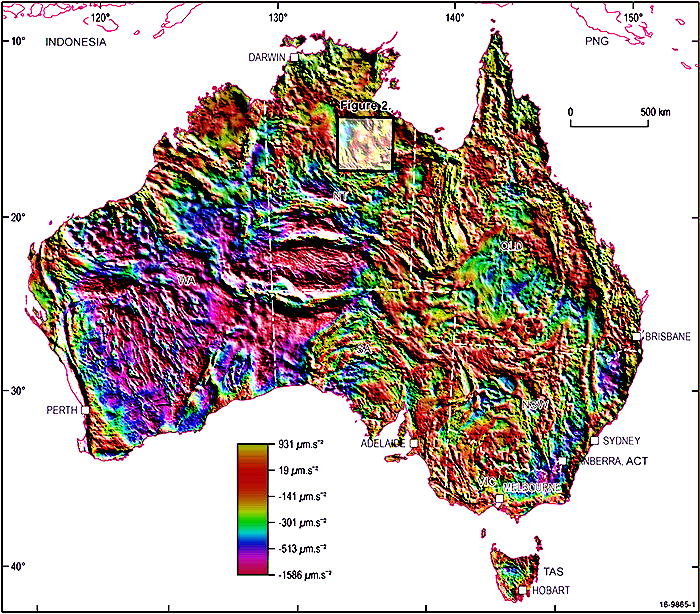Scientists want new eyes on Australia
 The Australian Academy of Science says a ‘downward-looking telescope’ should be used to unlock Australia’s hidden mineral wealth.
The Australian Academy of Science says a ‘downward-looking telescope’ should be used to unlock Australia’s hidden mineral wealth.
The academy has launched a ten-year plan for Australian Geoscience (2018-27), which includes a number of proposals for the nation’s future resource needs.
A major challenge for Australian geoscience in the coming decade is to keep on top of how and where to explore for critical resources.
“This is where the downward-looking telescope comes in,” said Professor Sue O’Reilly from the Academy’s National Committee for Earth Sciences.
“A piece of infrastructure like this would transform our minerals sector by making deep Australia visible. It would give us a new understanding of the vertical makeup of the continent and allow us to direct our mineral exploration efforts in the two-thirds of Australia that aren’t currently cost-effective to explore.”
“By 2030 global demand for cobalt will be 47 times what it was in 2016 so, unless we can become self-sufficient in this strategic metal, Australia may be held to ransom with massive price increases and chronic shortages,” Professor O’Reilly said.
“This exemplifies the need to generate new geoscience knowledge that will allow us to explore successfully in the covered areas of Australia.”
The plan also draws attention to the weakness in geoscience in Australia’s education system.
“Geoscience is largely absent in Australia’s school system because of a lack of teachers with qualifications in geoscience. Geoscience should be embedded as a core subject within every level of Australian STEM education and earth science graduates should be incentivised to obtain education qualifications,” Professor O’Reilly said.
The plan also calls for an expansion of Australia’s national computational capability to ensure that Australia retains and extends its lead in geoscience simulation and modelling capability.







 Print
Print